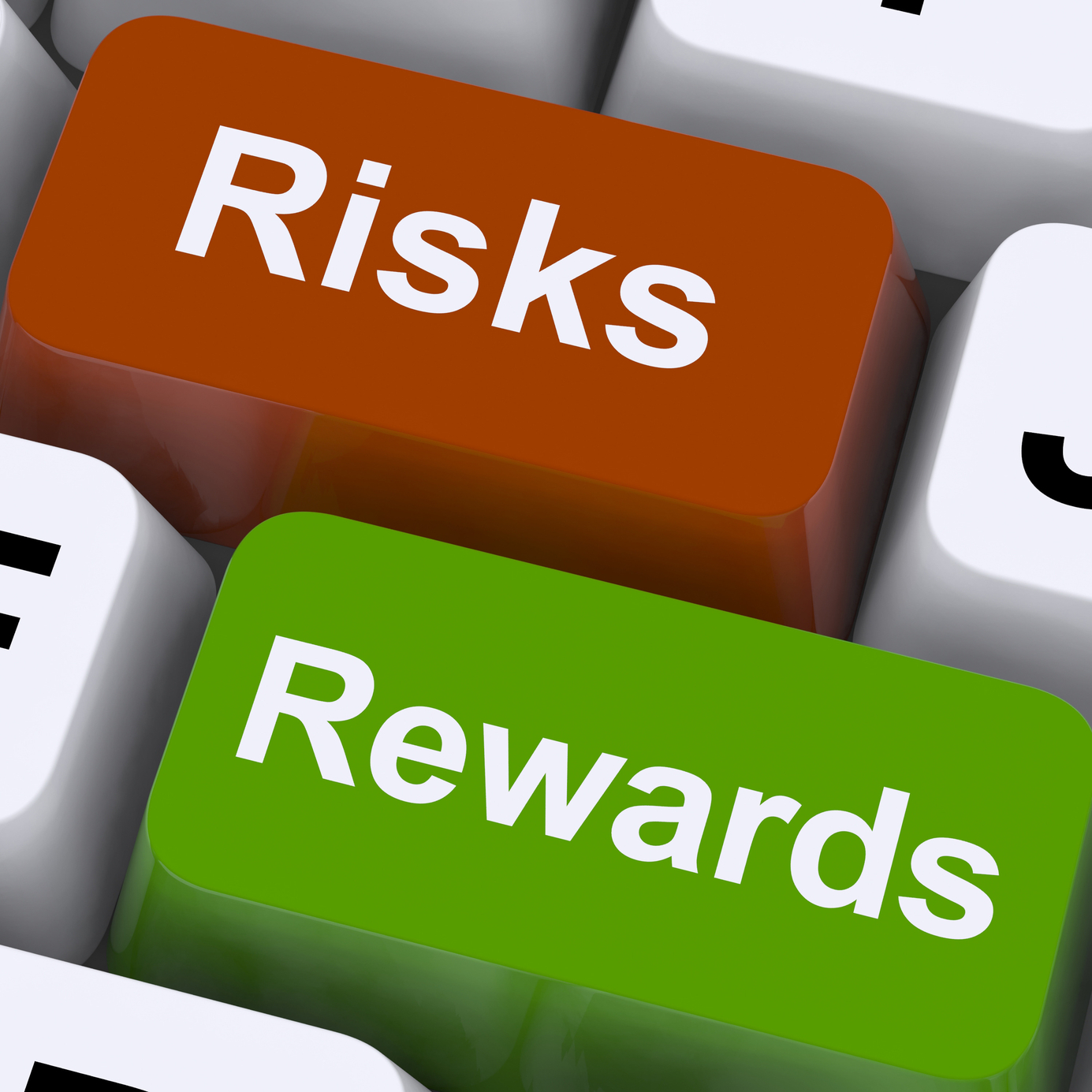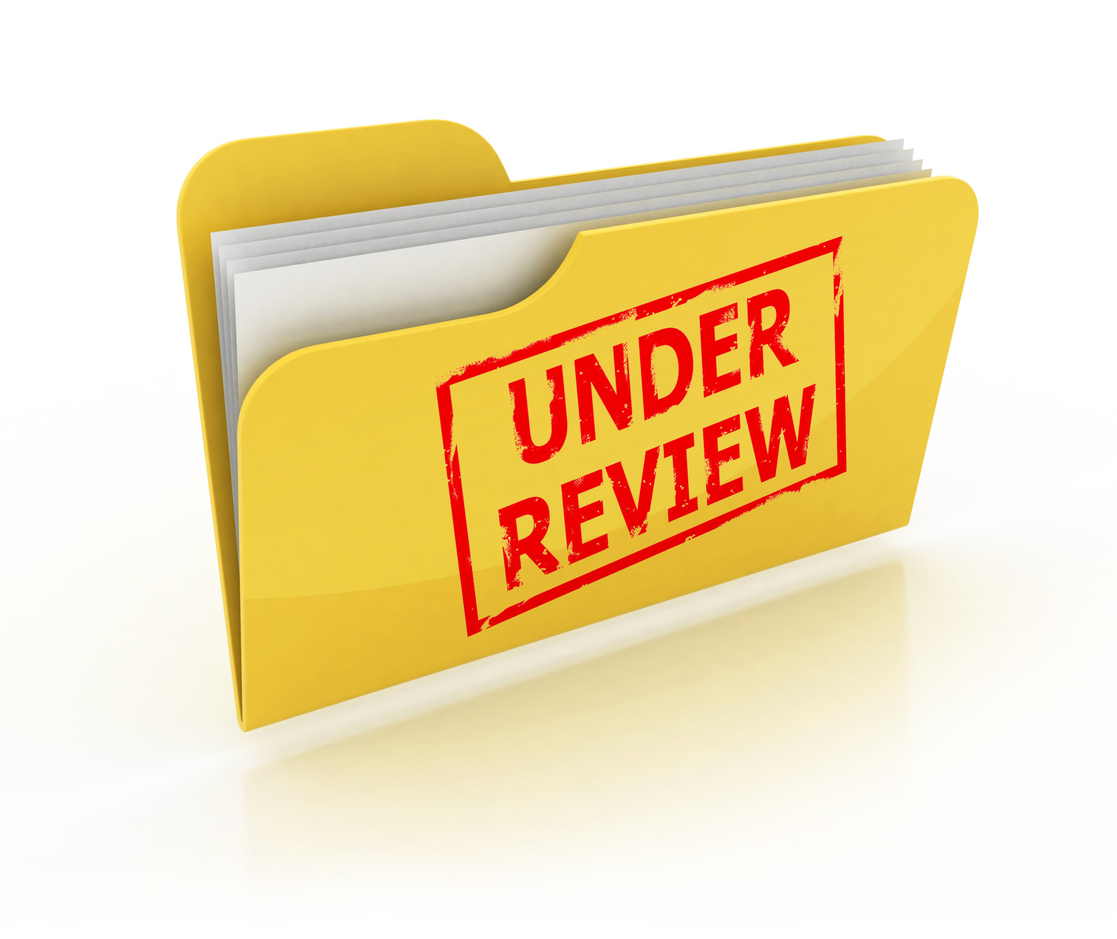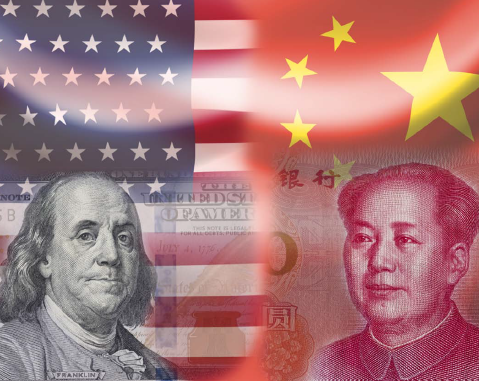By Dr. Alan Greenspan, Senior Economic Advisor
Unprecedented amounts of fiscal and monetary stimulus have driven stock prices to all-time highs, now sitting near double the lows seen during the depths of the coronavirus-driven panic. However, with the debt ceiling holding back further borrowing by the U.S. Treasury, thousand-dollar stimulus checks and trillion-dollar stimulus packages look to be a thing of the past. Meanwhile, on the monetary policy front, Chairman Powell’s speech at the Jackson Hole symposium apparently affirmed that the Federal Reserve is preparing to begin tapering its bond purchases as early as the end of this year. Investors are now left to wonder what will drive asset prices in the vacuum left by the end of these enormous catalysts of market returns over the past year and a half. I believe a review of the animal spirits that drive individual investment decisions would be helpful at this time.Throughout my career, I always viewed animal spirits as the human propensities driven largely by random irrationalities not readily integrated into formal models of the way market economies function. The 2008 financial crisis was a watershed moment for forecasters, myself included. It forced us to find ways to incorporate into our macro models those animal spirits that dominate finance.
All such spirits are tempered by reason to a greater or lesser degree, and hence I more formally choose to describe such marketplace behavior as “propensities.” The technologies that have driven productivity since the Enlightenment were, at root, reasoned insights. Random irrationality produces nothing. If reason were not ultimately prevailing, we could not explain the dramatic improvements in standards of living that the world has achieved in the past two centuries.
These reason-tempered animal spirits significantly affect macroeconomic decision making and outcomes. Newly popular behavioral economics is forcing forecasters to evaluate economic data in the context of a more complex model than that to which most of us had become accustomed.

My ultimate purpose is defining a set of economic stabilities of human actions that are statistically measurable and hence capable of being modeled. I am fully aware that in the process I am delving into disciplines with which I have little experience, and have tried to temper my conclusions accordingly.
We all directly experience threats to our self and our values (fear) and the sense of well-being or elation (euphoria) triggered in the course of our pursuit of our economic interests. Fear, a major component of animal spirits, is a response to a threat to life, limb, and net worth. That emotion is decidedly inbred—no one is immune to it. But people respond to fear in different ways, and the differences are part of what defines the individuality of people. We are all alike fundamentally, but it is our individuality that makes for differences in values and our position in the hierarchy of society. Moreover, it is our individuality that creates markets, division of labor, and economic activity as we know it.
Risk aversion is a complex animal spirit crucial to forecasting. It reflects the ambivalent attitude people exhibit to the taking of risk. That we need to act to obtain food, shelter, and all the necessities of life is evident to all, as is the fact that we can’t necessarily know in advance how successful our actions will be. The process of choosing which risks to take and which to avoid determines the relative pricing structure of markets, which in turn guides the flow of savings into investment, the critical function of finance.
If risk taking is essential to living, is more risk taking better than less? If more risk were better than less risk, demand for lower quality bonds would exceed demand for riskless bonds, and high-quality bonds would yield more than low-quality bonds. They do not, from which we can infer the obvious: Risk taking is a necessary part of living, but it is not something the vast majority of us actively seek. Finding the proper balance of risks is critical to all of us in our day-to-day lives and perhaps manifests itself most obviously in finance in the management of portfolio risk.
The extremes of zero and full risk aversion (or its obverse, full and zero risk taking) are outside all human experience. Zero risk aversion—that is, the absence of any aversion to engaging in risky actions—implies that an individual does not care about, or cannot discriminate among, objective states of risk to life and limb. Such individuals cannot (or do not choose to) recognize life-threatening events. But to acquire the staples of life requires action, that is, the taking of risks, either by an individual or by others, such as parents taking risks on a child’s behalf.
We live our lives day by day well within these outer boundaries of risk aversion and risk taking, which can be measured approximately by financial market yield spreads with respect to both credit rating and maturity. Those boundaries are critical to forecasting. The turn in stock prices in early 2009 following the crash of 2008 was a sign of the level of human angst approaching its historical limit. The limits of angst are also evident in credit spreads, which exhibit few or no long-term historical trends. Prime railroad bonds of the immediate post‒Civil War years, for example, reflect spreads over U.S. Treasuries that are similar to our post‒World War II experience, suggesting long-term stability in the degree and spread of human risk aversion.
I calibrate how people respond to risk in nonfinancial markets, both rationally and emotionally, with a measure I have employed for years—the share of liquid cash flow that management chooses to commit to illiquid, especially long-term, capital investments. That share is a measure of corporate managers’ degree of uncertainty and hence their willingness to take risks. In 2009, it had fallen to its lowest peacetime level since 1938. The equivalent measure of risk aversion for households is the share of household cash flow invested in homes. This measure reached its lowest postwar level in 2010. That collapse in investment, especially in long-lived assets, explains most of the recent failure of the American economy to follow a path of recovery similar to the other ten post‒World War II recoveries.
Alan Greenspan served five terms as chairman of the Board of Governors of the Federal Reserve System from August 11, 1987, when he was first appointed by President Ronald Reagan. His last term ended on January 31, 2006. He was appointed chairman by four different presidents.
The foregoing content reflects the opinions of Advisors Capital Management, LLC and is subject to change at any time without notice. Content provided herein is for informational purposes only and should not be used or construed as investment advice or a recommendation regarding the purchase or sale of any security. There is no guarantee that the statements, opinions or forecasts provided herein will prove to be correct. Past performance may not be indicative of future results. Indices are not available for direct investment. Any investor who attempts to mimic the performance of an index would incur fees and expenses which would reduce returns. Securities investing involves risk, including the potential for loss of principal. There is no assurance that any investment plan or strategy will be successful.
About the Author
Dr. Alan Greenspan
Alan Greenspan served five terms as chairman of the Board of Governors of the Federal Reserve System from August 11, 1987, when he was first appointed by President Ronald Reagan. His last term ended on January 31, 2006. He was…
About the Author
… Read more

















LATEST ARTICLES